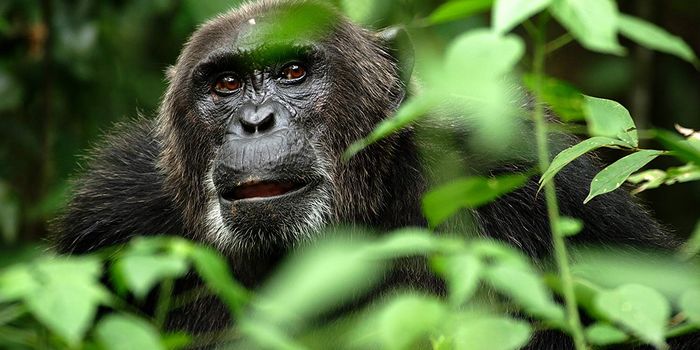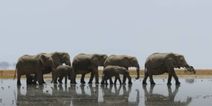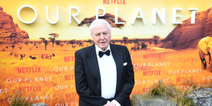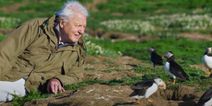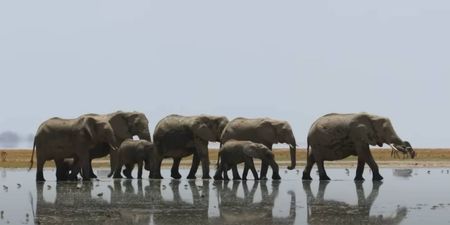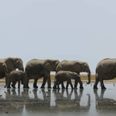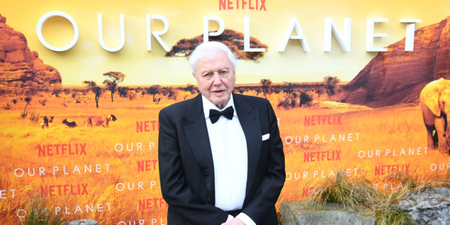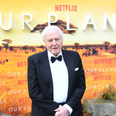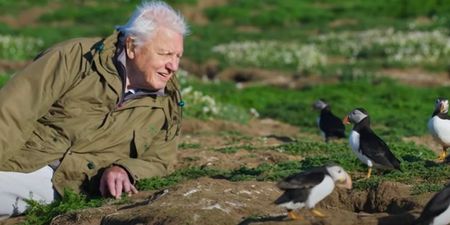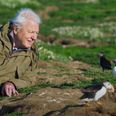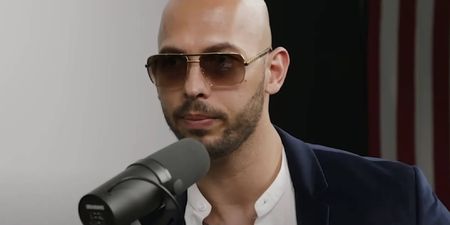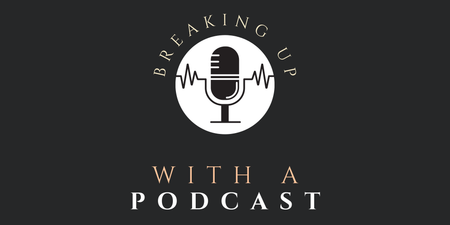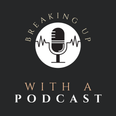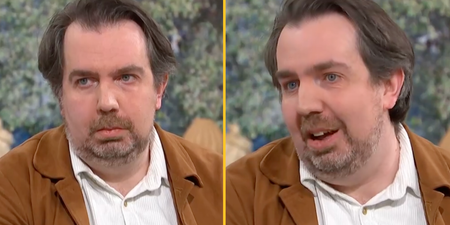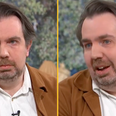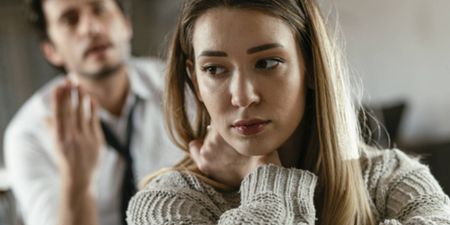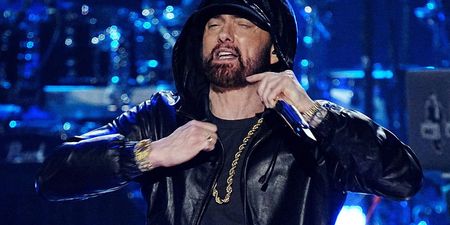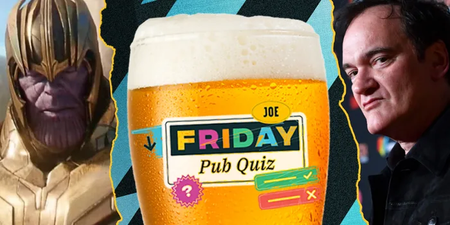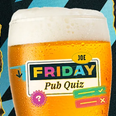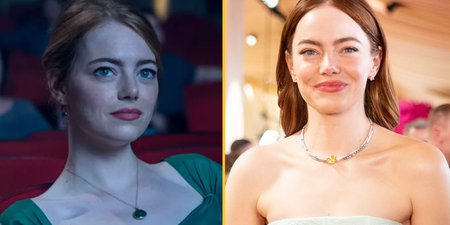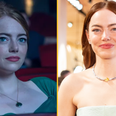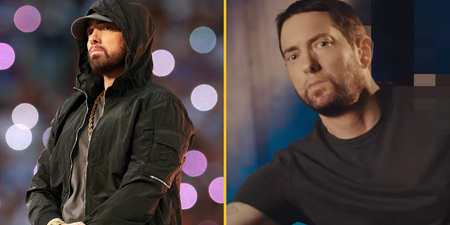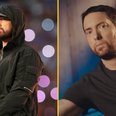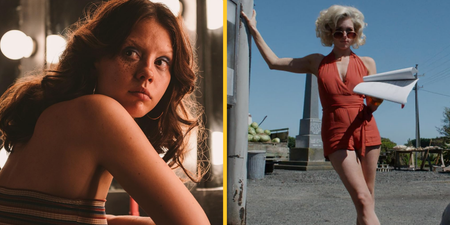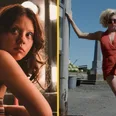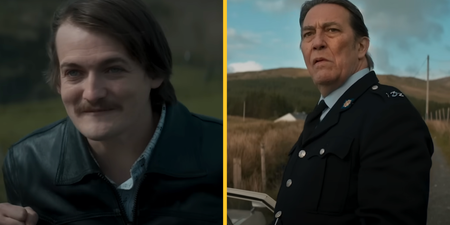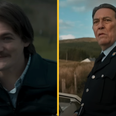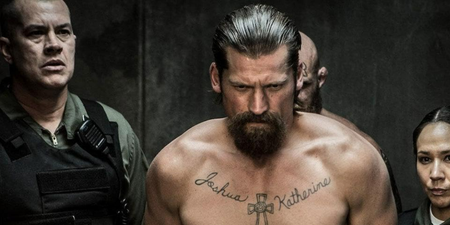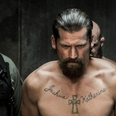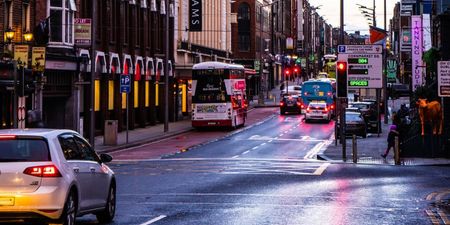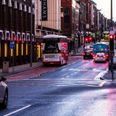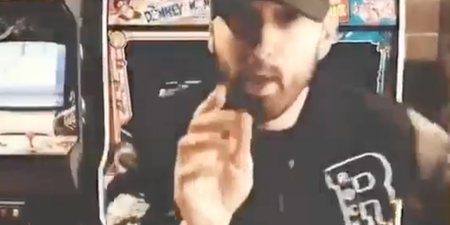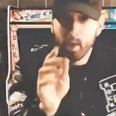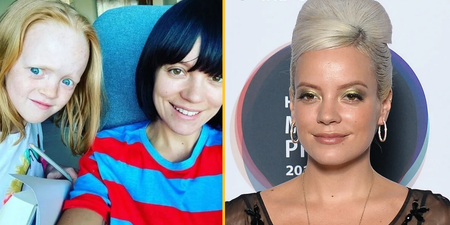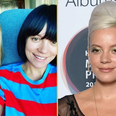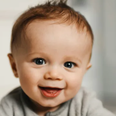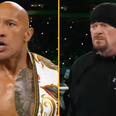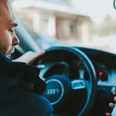He also gives some very useful camera tips for budding photographers.
Running from Friday 7 to Sunday 9 June, SeaFest is taking place at the Port of Cork in Cork City. It is Ireland’s largest family-friendly maritime celebration, and it will involve over 100 events to choose from, including virtual reality excursions into the deep, explorations of the equipment displays of the Defence Forces, or travelling around in port in a kayak, a sailboat, a currach or a dragon boat! There will also be docked vessel tours to currach seminars, delicious seafood demonstrations, intriguing marine workshops, and all of it is FREE.
One of the highlights of the festival will be the shows presented by Doug Allen, wildlife documentary cinematographer, and a regular collaborator with David Attenborough.
Allen has worked on landmark projects such as The Blue Planet, Ocean Giants, and Human Planet, and in the lead-up to his appearance at SeaFest, JOE was lucky enough to sit down with him to talk about his career to date, and what tips he might have for budding nature photographers.
It has been 35 years since your first project as a cinematographer. What has been the biggest change in your job since then?
When I started, we did everything on 16mm film, with no chance to get the film back for processing and feedback during the shoot. We were too remote, and it took too long. This meant the whole thing was done ‘blind’. Was it correctly exposed? Was it in focus? Did I have all the shots needed for the sequence? With film, you only saw what you’d shot weeks later, back in the studio in Bristol. And you would often be watching it for the first time in the company of the editor and producer. Scary.
The arrival of electronic tape was a huge step on from film, especially for underwater filming. Big bright viewfinders, much clearer images, more vibrant colours, and the ability to shoot an hour of recording on a cassette rather than only 10 minutes with a roll of film. And most importantly, instant feedback. All that stress of not knowing exactly what you had disappeared. So of course, quality went up. And costs came down. Film was expensive to buy and process, tape was much cheaper, and could be reused. That meant we could be “braver” with the shooting ratio.
Now we’re on digital with the latest big chip 4k cameras — the quality is really high and the pictures totally voluptuous. Ultra-slow motion, low light capability, drones for aerials that are a fraction the cost of helicopters — we have more techniques and tools than ever.
Have you perceived a noticeable change in the popularity of nature documentaries over that time?
The genre has ebbed and flowed in popularity; both with the public and with the commissioners, the companies who fund the shows and make the profits. When I started, we had just seen BBC’s Life on Earth, the first natural history series to cover the world. Through the 80s such series were extremely popular, culminating in Trials of Life in 1988. That concentrated on animal behaviour, sold over the world not just on TV but also on videotapes that were only now becoming available. Now you could look at a series when you wanted, as often as you wanted.
A new income stream opened up, just in time for the explosion of cable and satellite channels. All of this needed content, and wildlife was perfect. Just put the narration into another language and sell it all over the world. Natural history was all over the place but too much mediocrity led to the public becoming bored, and the market crashed. Wildlife programming was in the doldrums from 1997 to 2001. Then Blue Planet arrived on the screens.
Maybe it was the idea of the unknown oceans, maybe it was the new hi-definition with its much improved picture quality, maybe it was just so much better than anything else around, maybe it had to do with episode one transmitted in UK the night after 9/11 in New York and it was a relief from the horror. For whatever reason the series boomed in terms of audience numbers and revenue produced. Suddenly wildlife was on the roll it has been on ever since. New markets, new audiences, new technology and new awareness.
Now in 2019 there is an invigorated new message. My hope is that the natural history genre has connected to another audience, one which is increasing its numbers and being driven to move the needle over the big issue that must be addressed urgently — climate breakdown.
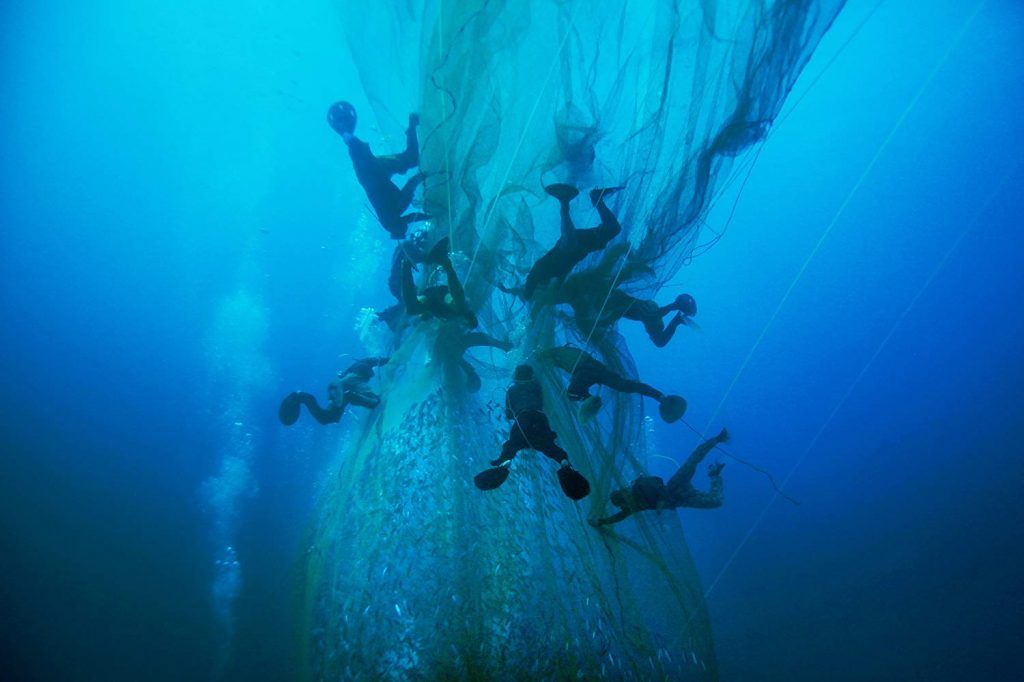
You’ve worked a lot on David Attenborough’s projects. Tell us about your time working with him.
It was a chance meeting with David that introduced me to the wildlife filming business. Back in 1981, I was working in the Antarctic, where I’d spent three winters with the British Antarctic Survey supervising the research diving and doing some stills photography and writing. David and his crew came to our station to film the local wildlife for his BBC Living Planet series. They were on our base for just two days and I helped them with the filming they wanted to do. I watched them, talked to them, and by the end I basically wanted to do what their cameraman was doing.
David and the others could not have been more helpful, I remember clearly what he said over a beer on the last night. “When I go to Africa, there are a dozen people I can ask about elephants, or chimps, or where to go. But if I ever need to come back to Antarctica, I’ll have to come to you”. It made me realise that what I knew about underwater, in the cold, and my experience in the Antarctic was valuable. So that’s why I stuck with the cold places.
We did a sequence in Svalbard on Arctic foxes for Life of Mammals that involved a lot of searching using skidoos. I wanted a shot of him driving; I needed a big wide angle from low on the ice of him zooming by. We did several takes, me urging him to pass ever closer. At one point he shouted over – “No more, that’s as near as I’ll drive to you. Too much paperwork if I run you over!”
David is still always the first to offer help with carrying gear, or setting up camp, and he is as enthusiastic now about the natural world as he was 65 years ago when he started. He is a natural raconteur, with a great memory for stories, but also a wickedly self-deprecating sense of humour. Most of all I admire him for his utterly genuine generosity of spirit towards other people. No matter who he meets, he is unfailingly polite and kind.
Over the years, is there a particular shoot or story from a particular project that sticks out in your mind as being the most memorable?
You’ll have to give me space for more than one!
It is an immense privilege to be granted access to big charismatic mammals like whales and polar bears in their natural environments and be given the time to simply be with them. It is possible, by playing your body language cards right, to truly create a relationship between you and those animals, a trust that also becomes a relaxed indifference. Once you have that, they begin to reveal their natural behavior. That’s when the magic happens. I’m fortunate to have been involved with some of the best all round production and post–production people in the business. They have given me some great chances and then made the very best of the building blocks.
First, there’s the hour I spent with a pod of belugas off the ice edge in Lancaster Sound in the Canadian Arctic. Flat calm, clear black water, curious all–white whales and the sea full of their chirping calls. They were surely trying to talk to me. It was an hour of pure magic.
At Cape Washington in the Antarctic, I was filming emperor penguins for Blue Planet. We had been on location for a week, with me spending most of the days on a small iceberg with a good vantage point. On day three, I saw a leopard seal suddenly come out of the sea and onto the ice to lunge at a penguin. It was too fast to get any shot, that I just decided when ever nothing in particular was happening, I would have the camera aimed at that spot, focused and ready to go. Three days later, out leapt the seal one more time. It was only because I’d anticipated the action, and was totally ready, that I grabbed the shot, which is one of the highlights of the final sequence.
For Frozen Planet, the killer whales taking seals off the ice floes in Antarctica by making waves with their synchronised tail fluke beating, was an amazing piece of behaviour. We saw that enough times to nail it as a great sequence. It is pretty difficult these days to find something so spectacular that has never been seen before on television.
For sheer adrenaline, it would be hard to beat the occasion in the Antarctic for Life in the Freezer when a three metre long Leopard Seal swam up to me, opened its jaws wide in a threat display, then took the whole of the front end of my camera’s lens into its mouth. I could hear the scrape of the seal’s teeth on the lens and looking down the viewfinder, I was able to able to focus on its tonsils. It held that position for about five seconds, then opened its jaws and swam off.
For Planet Earth, Jason Roberts and I captured the polar bears coming out of their dens, which involved just two of us for five weeks on a protected archipelago in the high Norwegian Arctic, walking everywhere so as not to disturb the bears. No snow machines, minus 40 degrees, a few exciting encounters with bears up close — it was as close as you’ll ever come to raw nature.
How can I choose between those?
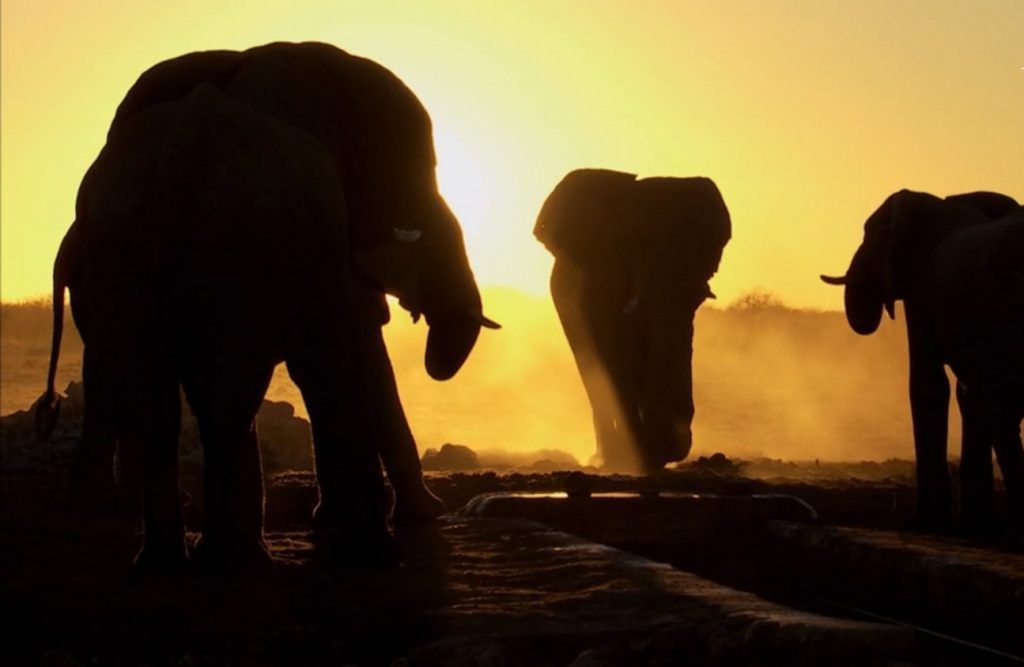
As someone who may have seen more of the planet than 99.9999% of people, where would you say is the most visually beautiful place you’ve ever seen?
This is another that is difficult to single out.
Under the frozen sea ice in Antarctica — crystal clear, blue light shafting down through the cracks above, me hanging weightless beside an immense wall of ice, its surface sculpted like the dimples on a golf ball, disappearing way down into the depths. Somewhere out of sight, a seal is whistling, the note becoming lower in tone as the seconds pass by. She comes into view, lazily sideswiping her tail, coming close so I can see the browns of her eyes. It is utterly still, no swell at all. Could be spooky and claustrophobic but I’m completely at ease down here, it is like home.
Topside, give me a big vista, 180-degree horizons and wilderness. There’s something about the light in cold, high places. It has a piercing quality to it, a sort of translucence. The altiplano region of Bolivia is stunning, where the snow-capped peaks of the Andes might be the backdrop. One particular area, down near the border with Argentina, you have these spectacular extinct volcanoes with their brown slopes rising against the achingly blue sky, and mineral rich lakes that are bright green or orange, dotted with pink James’ flamingos. It is unreal, magical, no picture can really do it justice.
What advice or tips would you offer to wannabe photographs to up their photo-taking abilities?
Stay passionate about your subject and keep on clicking. Work with animals or landscapes or indeed any subject that you enjoy and are challenged by. It has never been easier to aim high with your photography, as digital cameras offer instant feedback and the learning curve can be pretty fast. Know about f-stops and shutter speeds and ISO numbers, so you can take control of elements of your picture.
Teach yourself to think and shoot like a professional. Study magazine articles and see how to work sometimes like an artist, and other times like a photojournalist. Be self-critical and want to get better. Remember you have your own style, so let it come out. Try to have your own images and stories published. Remember the difference between stills and movie if you are shooting both. For stills, you’re looking to capture the moment while movies are all about story telling. All you need to improve your photography is out there on the internet, I’ve never had a formal lesson in my life.
Getting close to animals and at the same time having them relaxed in front of you is a subtle mix of knowing your subject, respecting it and at the same time giving off the right vibes to it. Sometimes you have to hide yourself in a filming blind, but that’s not possible underwater or with polar bears for example. You want to be seen as totally neutral by your subject. Not as a threat, not as a curiosity, you just want the animal to carry on behaving normally. Move slowly and think gentle thoughts. Be prepared to be patient, and perhaps try several times until the light, the subject and the behaviour all come together.
Respect the welfare of your subject whether it is an animal or a place. Hang on in there, be willing and helpful. No one works with a pain in the ass. Good guys come first – eventually.
For more information on the SeaFest, head right here.
LISTEN: You Must Be Jokin’ with Aideen McQueen – Faith healers, Coolock craic and Gigging as Gaeilge
